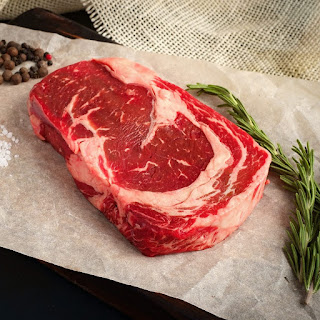
Detox Plans - Why are they good for our body. Why should we do detox plans and why are they good for our body? Detox plans are diets that last 7-10 days for cleansing your system from toxins like the toxins from the environment or toxins from your diet. Toxins are everywhere when you travel to work, on your make-up, in your water that you shower with, in fast foods, etc. Exposures to toxins have increased over decades that's why this kind of plan is very much needed when we try to reduce our toxins and feel great in our body. Benefits from detox plans are feeling light, having cleaner skin, not feeling stressed, it helps with obesity, autoimmune diseases, allergies bloating, chronic fatigue. One of the best ways to get your body detoxicated is: Using green vegetables, Cut refined sugar and saturated fats, Stop using alcohol, cigarettes, and coff...








